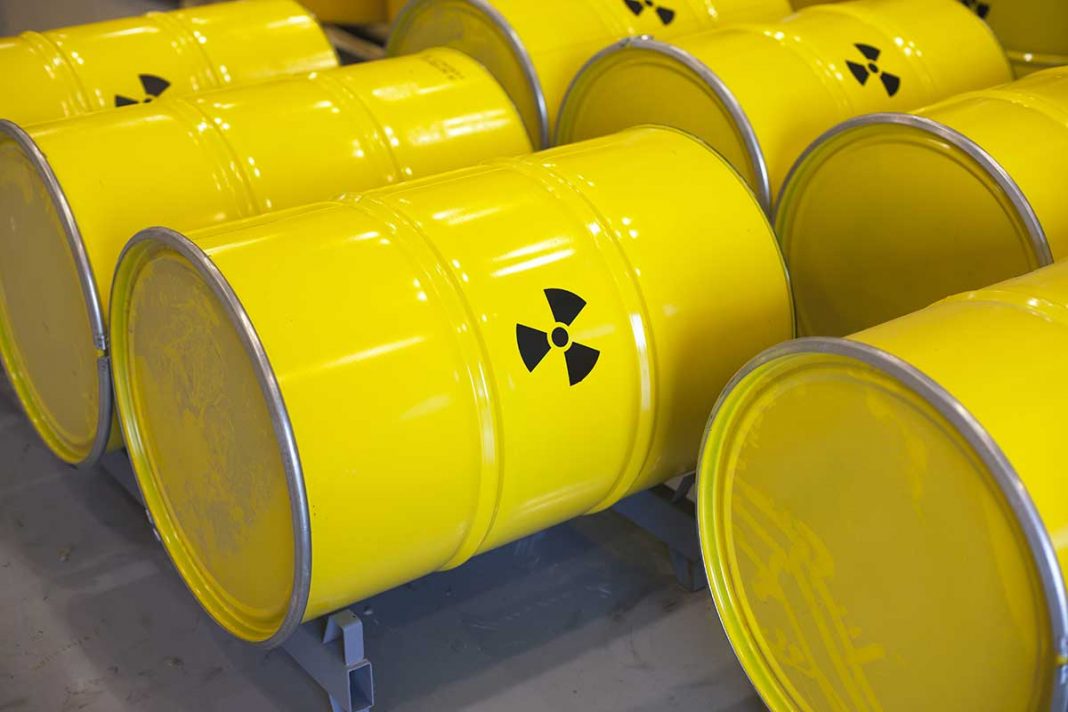TORONTO – Ontario Power Generation has formally ended plans to build a low/intermediate level radioactive waste deep geological repository (DGR) on the Bruce Power site near Kincardine. On June 22, OPG formally notified federal regulators it was ending plans for the low/intermediate waste DGR following a vote by Saugeen Ojibway Nation (SON) in January 2020 that overwhelmingly voted not to support the project in their traditional territory.
Although Kincardine was a “willing” host, OPG had earlier committed to not going ahead with the plan should the SON reject the project.
But Anishinaabe Nation Grand Council Chief Glen Hare said that while he was relieved that the project was cancelled, he remains concerned, particularly when hearing news that a large corporation was paying to install gas lines into the Saugeen territory. “Is someone trying to buy votes?” he mused. “I hope not.”
Grand Council Chief Hare pointed out that the plans for another DGR, this one focussed on burying spent fuel rods deep underground, possibly also near the shores of Lake Huron, was still in play.
There are about three million highly radioactive used fuel bundles from reactors currently stored at existing nuclear generating stations in Canada, including at the Bruce Nuclear Generating Station. The current storage system is not sustainable, according to nuclear authorities, and Nuclear Waste Management Organization has been searching for a permanent solution—the stated aim is to find a site for their storage by 2023.
“We know that they have to find a place to put this stuff somewhere,” he said. “We have said from the beginning that they should involve us in the process, but to put it beside a huge body of water that supplies drinking water to millions of people… we have seen how hard it is to deal with contaminating a small lake, we would never be able to fix it.”
Grand Council Chief Hare said that engaging with Indigenous communities from the beginning of a process would be in everyone’s best interests. OPG has said that it has spent $200 million on the cancelled DGR project.
“They should be looking at burying that nuclear waste at least 50 to 100 kilometres away from the lakes,” he said. “It’s good news that they are not going ahead with the one project, but we shouldn’t think it is all over yet.”




